Rotifer
Gartenbaukino, Stadtpark, 2008
It must be incredibly difficult to write songs when you are – like Robert Rotifer – a walking pop encyclopaedia. Knowing that everything has been done before, you might feel trapped within all those references when faced with the tricky task of creating your own unique sound. Rotifer has not only played in bands for more than 20 years now, but has also worked as a music journalist for Austrian media for quite a long time. His profession and anglophilia made him move to London in 1997, where he revived his song writing skills and turned them into four albums, the last of which was released in January 2008 (“Coach Number 12 of 11”). Over the years, Rotifer’s guitar-driven songs that are still far away from classic indie tunes, have become less arty and increasingly convincing in terms of their poppiness. Or, perhaps Rotifer said it best: “When playing live, I’ve always felt a bit like demanding something from the audience instead of giving them something. It’s time for a change.”
- Photography
- Simon Brugner
- Artist
- Rotifer
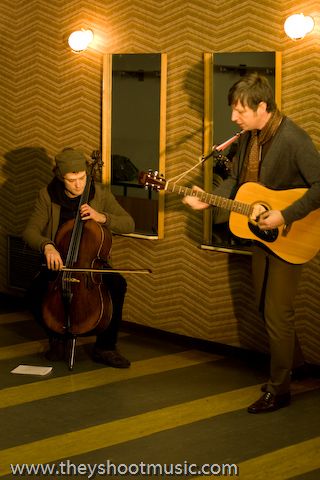

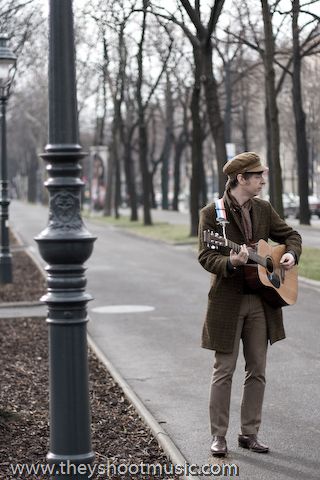
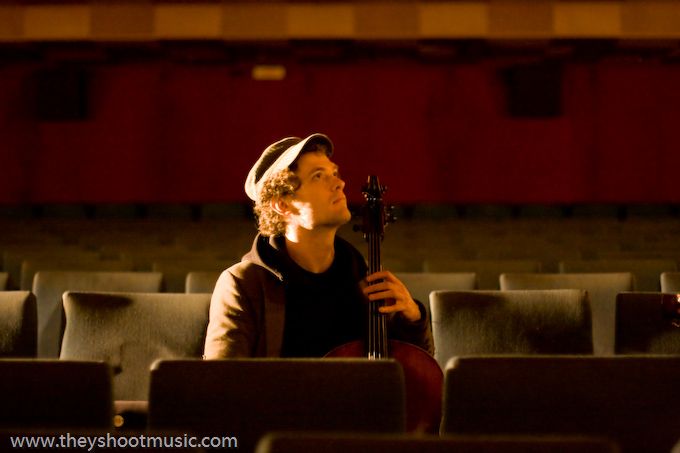
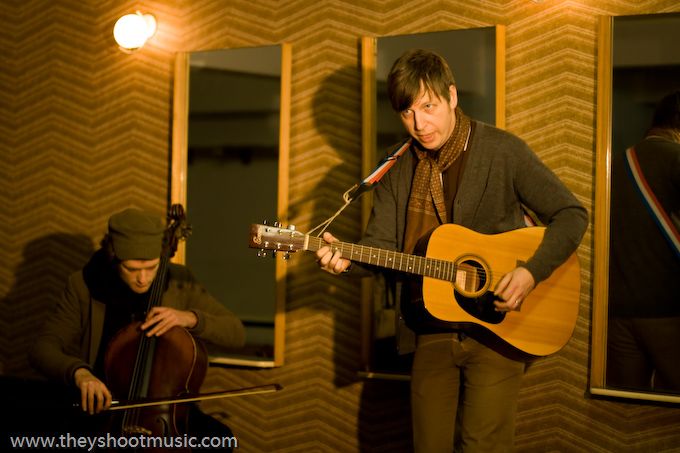
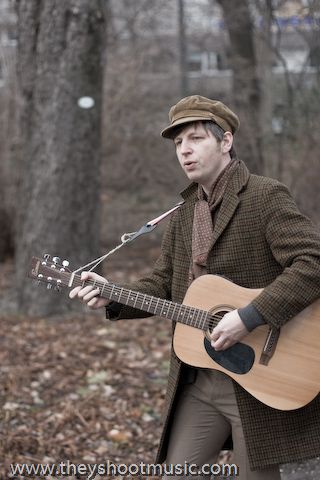
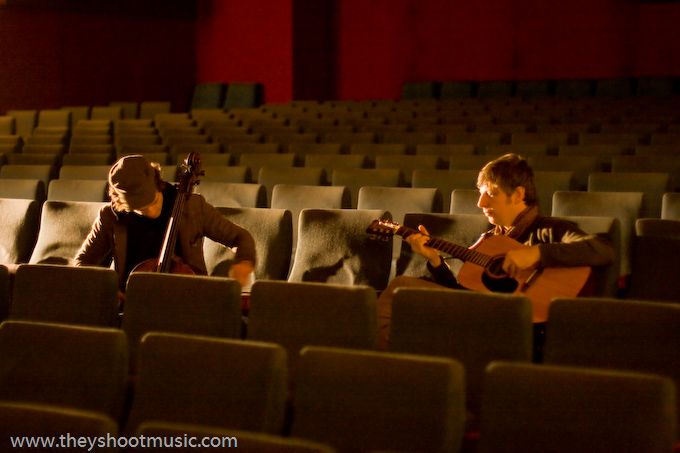
Gartenbaukino
Gartenbaukino is a cinema in Vienna’s Inner City, situated directly at the Ringstraße. It is among the oldest and last cinemas in town with only one screen. The cinema opened for the first time in 1919 in what was previously an exhibition hall. In 1960 it was rebuilt on the same ground and since then has an impressive capacity of 736 people. This fact makes the Gartenbau a very popular cinema for movie premieres with special guests from around the world, for example during the Viennese film festival Viennale, which takes place every year in autumn. The Gartenbaukino provides a more arthouse-stlye programme in a cosy 1960s-charm. The small bar in the foyer is worth a visit too.
Stadtpark
Stadtpark (City Park) is with 20 hectares the amplest park along the Ringstraße. Its doors opened in 1862 after the city wall was carried off and the Ringstraße constructed. It was created in the manner of an English park with statues of famous Viennese characters, ponds with ducks, old broad-leafed trees and smooth lawn to sit and lie on. The Stadtpark is bordered by a tree planted avenue that keeps the business outside. In the warmer season people working in the inner city come to this quiet and peaceful oasis to repose during lunch break. Stadtpark is divided by the Wienfluss (River Wien) with some sport- and playgrounds on its Eastern side. Memorials and busts of politicians, artists and most of all composers – e.g. Franz Schubert, Anton Bruckner or Franz Lehár – are spread all over it. The golden statue of Johann Strauß is the most popular among them (replicas shown in Osaka and Havana). The violin-playing Strauß is positioned under a stone arch decorated with waves and mermaids that represent the river Danube – associated with the famous waltz The Blue Danube. Strauß used to play in the renaissance-style Kursalon close-by that holds still well-attended concertos today.